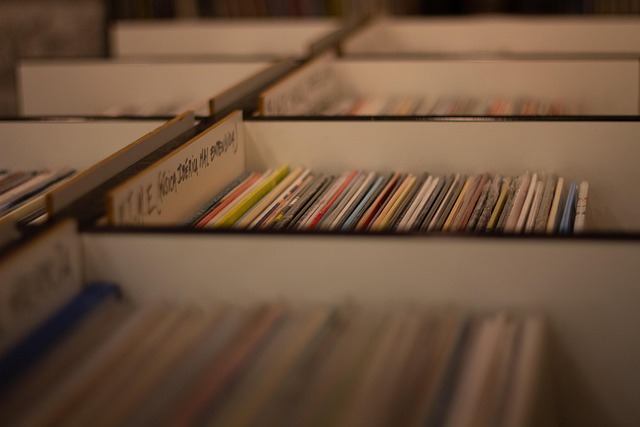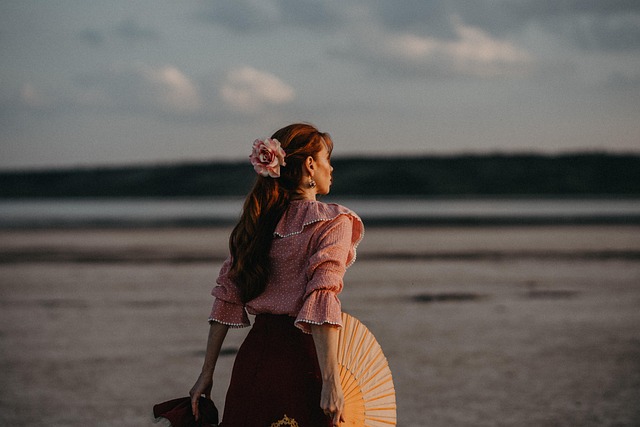There was a time when the beat wasn’t just heard; it was felt in the weight of a 12-inch record. Before streaming playlists dominated, before the internet connected us instantly, the foundation of what we now know as rap music culture was laid on vinyl.
Think about it: the crackle and pop, the physical act of dropping the needle onto the groove. That wasn’t just listening to music; it was an experience, a ritual. This was the era where DJs weren’t just playing tracks; they were excavating sound, digging through crates to find those perfect breaks, those unexpected samples that would become the building blocks of a new musical genre.
From those early block parties in the Bronx, fueled by sound systems and raw energy, rap began to find its voice. DJs like Kool Herc, Grandmaster Flash, and Afrika Bambaataa were pioneers, using two turntables and a mixer to extend drum breaks, allowing dancers to keep moving and MCs to rhyme over extended loops. This wasn’t just music for passive listening; it was music designed for the party, for movement, for community. The vinyl record was their instrument, the turntable their stage.
As the genre grew, so did its presence beyond the street corners and parks. Rap moved indoors, into community centers and eventually, the club. The energy of the block party translated seamlessly into the pulsating bass and flashing lights of the nightclub. The DJ remained central, now armed with a deeper crate and a crowd hungry for the latest sounds. Tracks evolved; they became longer, more structured, tailored for the dancefloor, yet still retaining that raw, infectious energy born from the vinyl era.
The culture didn’t just follow the music; it was intertwined with it. The fashion, the language, the art – it all grew out of this vibrant party scene. Clubs became crucial hubs for testing new sounds, breaking new artists, and solidifying the identity of hip-hop culture. The transition from dusty crates in a bedroom to polished vinyl under club lights wasn’t just geographical; it was an evolution of the genre, adapting to new spaces while holding onto its foundational spirit.
Even as technology has shifted how we consume music, the legacy of vinyl and the party culture it spawned endures. The art of DJing, the importance of the beat, the communal energy of a packed room moving to the same rhythm – these are direct descendants of those early days. The journey from a single record spinning on a turntable to the booming sound system of a club is the story of rap’s rise: a testament to innovation, culture, and the undeniable power of the beat.




